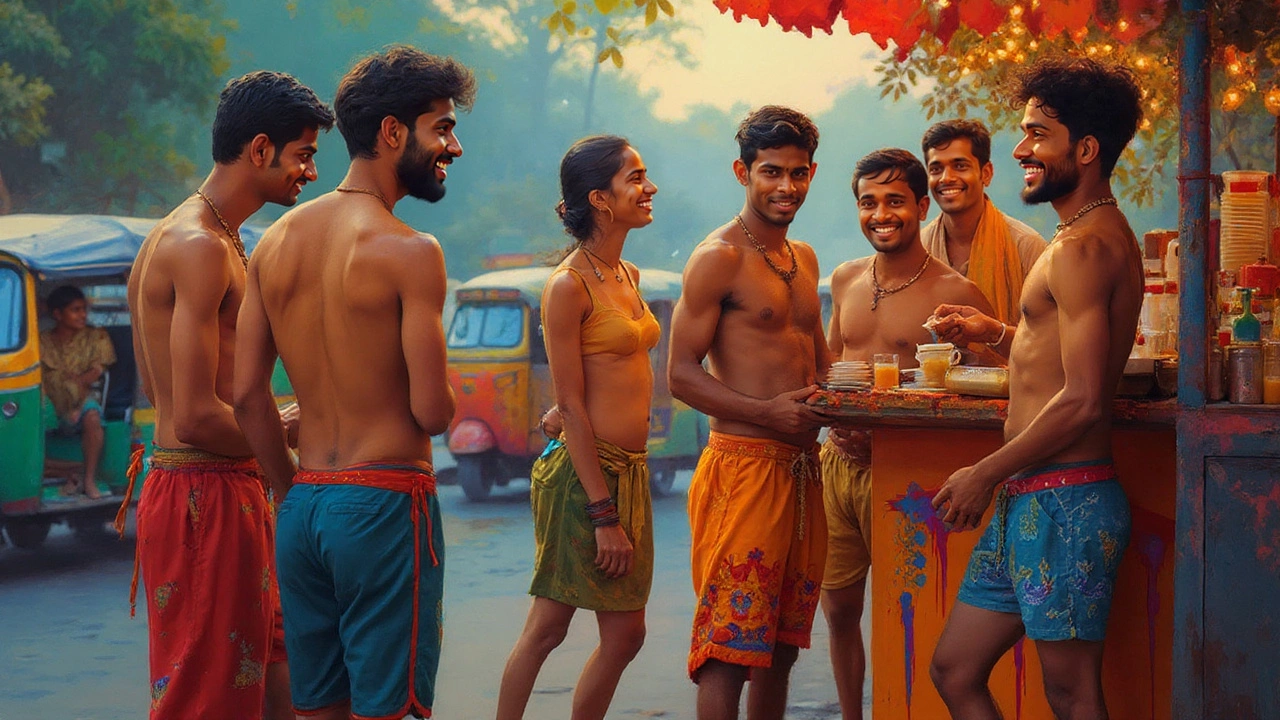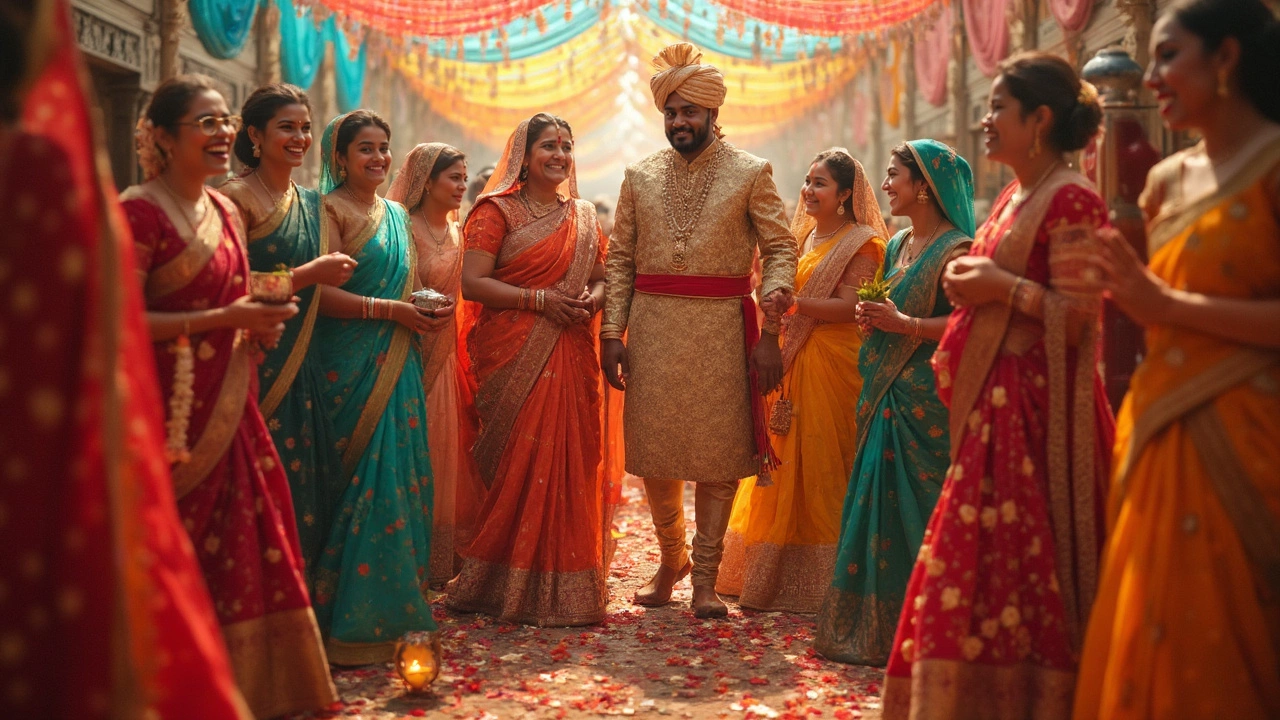Indian Clothing: Everyday Tips and Festive Styles
Wondering what to wear when you visit India or want to add a touch of Indian style to your wardrobe? You’re in the right place. Below you’ll find quick, no‑fluff advice on the most common Indian outfits, the fabrics that make them comfortable, and how to pick pieces that fit your body and the occasion.
Everyday Indian Wear
The go‑to casual look for both men and women is the kurta paired with simple bottoms. For men, a cotton kurta with pajama or jeans works for office days, market trips, or a weekend brunch. Women often pair a loose kurta with leggings, jeggings, or a cotton salwar. The key is breathable fabric – cotton, linen, or a cotton‑rayon blend – because Indian weather can swing from warm to humid fast.When you shop, look for a straight‑cut kurta that ends just above the knees. Too short feels like a shirt; too long feels heavy. Pick colors that suit your skin tone: earthy tones for warm undertones, cool blues and pastels for cooler tones. If you’re new to the style, start with neutral colors like white, beige, or soft gray – they match everything.
For women who prefer a more fitted look, try the salwar‑kameez. The kameez (tunic) should hug your shoulders and flow over the hips, while the salwar (trousers) can be loose or have a slight taper. This combo works for daily chores, work, or university classes. Pair it with a light dupatta (scarf) if you want a bit of modesty or just for a pop of color.
If you’re after something even more relaxed, a simple tunic and leggings set made from breathable rayon works great for travel. Most online stores label these as “ethnic wear” or “Indian casual”. Check the stitching – double‑stitched seams last longer.
Festive & Regional Outfits
Special occasions call for richer fabrics and more detail. The saree is the queen of Indian festive wear. A 5‑ to 9‑yard wrap that drapes around the body, a saree can be made from silk, chiffon, georgette, or cotton. Silk sarees are classic for weddings and religious events, while chiffon works for summer parties. When you buy, remember the pallu (the decorative end) should be the focal point – choose a pattern or embroidery you love.
Putting on a saree can be tricky at first. The easiest method is the “Nivi” style: start with the fabric tucked at the waist, wrap around once, then bring the pallu over the left shoulder. You’ll find plenty of video tutorials online, but the rule of thumb is: keep the pleats neat and the pallu smooth. A good pair of comfortable, low‑heel sandals will finish the look.
Men’s festive wear often means a silk bandhgala or a richly embroidered kurta. Pair a bandhgala with churidar (tight pants) and polished shoes for a wedding. If you prefer something less formal, a simple sherwani with subtle thread work works for most celebrations.
India’s regional outfits add extra flavor. In Rajasthan, a vibrant bandhani dress with mirror work is popular, while Kerala’s mundu (a white or cream lungi) paired with a gold‑bordered shirt looks elegant for temple visits. When you choose a regional piece, respect the cultural context – wear it for the right occasion.
Shopping tip: local markets often have the best prices and an authentic feel. If you can’t travel, many e‑commerce sites let you filter by fabric, length, and region, making it easy to find exactly what you need.
Bottom line: start with breathable cotton for daily wear, pick colors you feel good in, and save silk or richly embroidered pieces for festivals. With a few key items – a kurta, a salwar‑kameez, and a saree – you’ll cover most Indian wardrobe needs without feeling over‑complicated. Happy styling!

